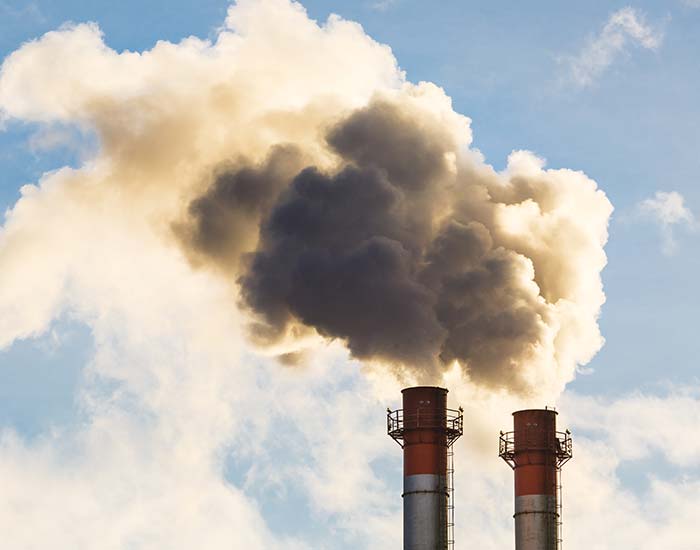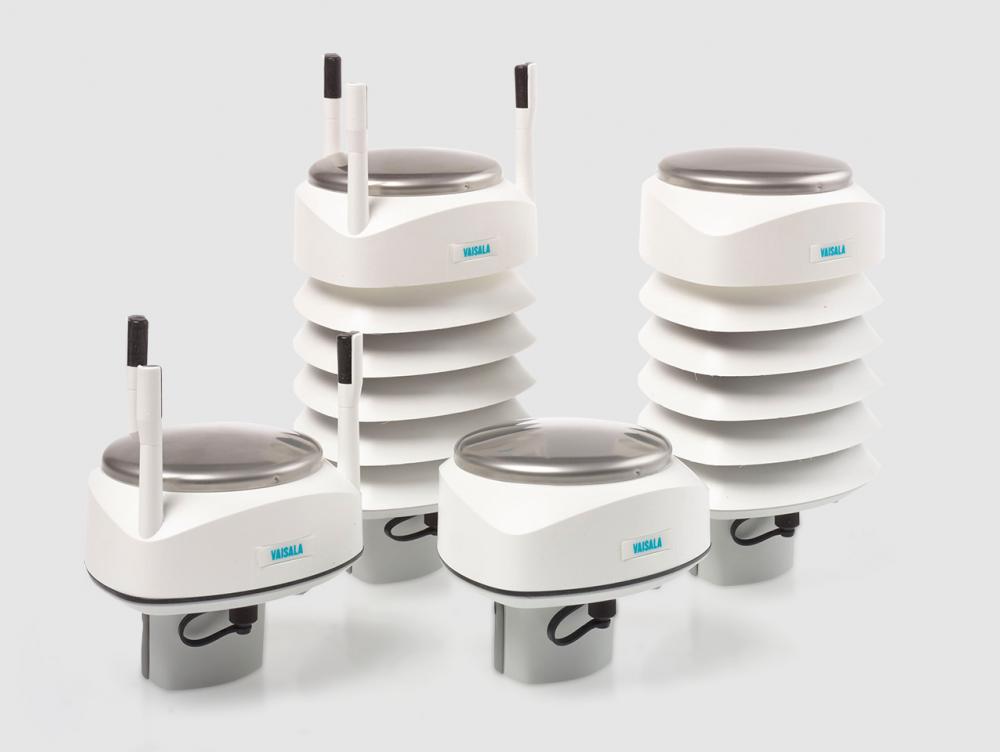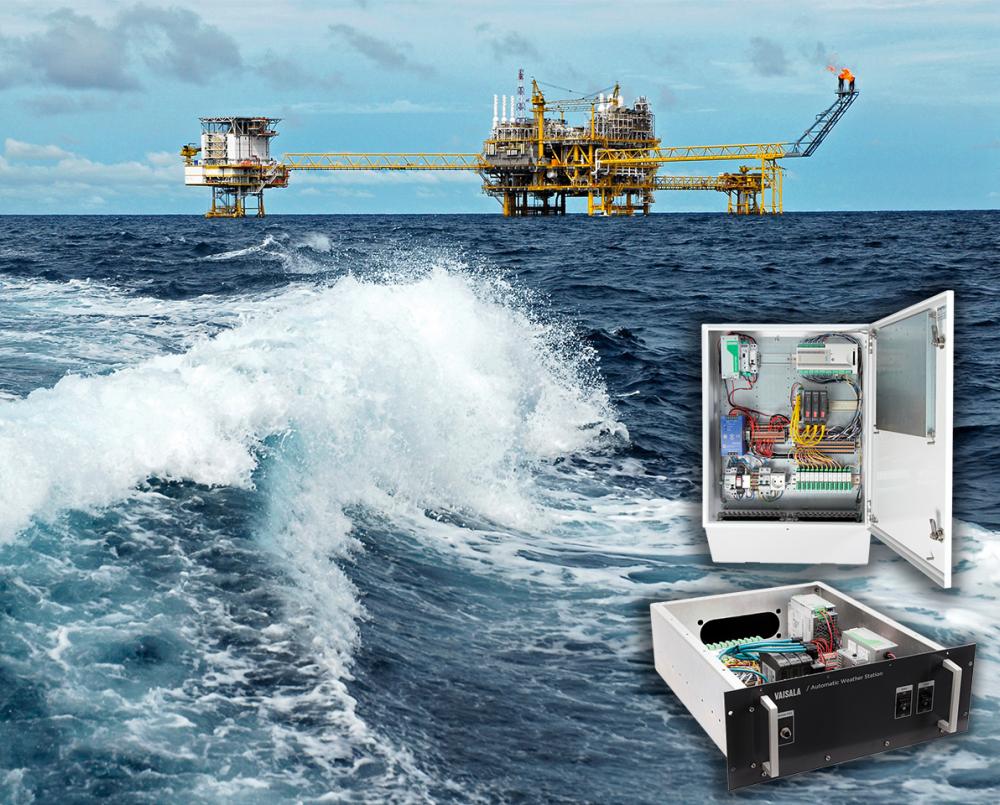Environmental air quality
Air quality is traditionally measured using fixed reference stations. Because of air mass movement, pollution levels and microclimates differ significantly from one point to another, these stations being only representative for a very small area.
Additional air quality monitoring with Vaisala technology allows for an economical increase in the density of measurement networks and access to much more localized air quality information in real time, facilitating, for example, the timely provision of information or alerts to citizens in a small area about any potential health risk.

Indoor air quality
Inadequate ventilation of human inhabited spaces leads to the accumulation of carbon dioxide with direct consequences on productivity and comfort.
A good indicator for IAQ indoor air quality according to country-specific standards (in the case of Romania SR EN 13779/2005) is the CO2 concentration, which is well established for occupied rooms where smoking is not allowed and pollution is mainly produced by metabolism. Accepted high and medium quality values for CO2 concentration in office premises are in the range 400-600 ppm.
Accurate measurement of CO2 concentration, temperature and humidity of the indoor air is therefore essential to ensure good ventilation, with direct benefits for both the health and productivity of workers and energy savings for air conditioning.

Related products

High-precision multi-parameter sensors for measuring air quality (gaseous pollutants and particulate matter)....

WXT530 Multiparameter Transmitter allows measurement of 6 basic weather variables: temperature, humidity, pressure, wind speed and direction and precipitations ...

Automatic weather stations designed for the full diversity of maritime environments such as ports, harbours, ships and offshore platforms. ...

